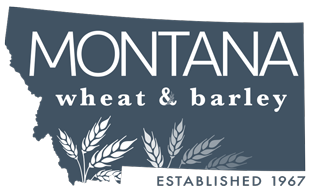Successful Farming, 2-9-24: Farm-state lawmakers should take advantage of an offer of billions of dollars in new resources and negotiate the new farm bill now, said Senate Agriculture Committee chairwoman Debbie Stabenow. The Michigan Democrat called for action following a USDA forecast of a steep drop in farm income and a Congressional Budget Office forecast of lower SNAP costs for years to come.
“If we are serious about passing a farm bill that keeps farmers farming, families fed, and rural communities strong, the time to act is now,” said Stabenow in a statement.
There has been no action in public on the farm bill in months. Leaders of the House and Senate Agriculture committees are stalemated over higher commodity subsidies, climate funding, and cuts in SNAP. No one has offered a first-round draft for the legislation, and farm groups have said almost nothing in detail about their top priorities of higher reference prices and a stronger crop insurance program.
“I have secured a commitment from Senate Democratic leadership to invest billions of dollars in new resources into the farm bill,” said Stabenow. “If we act quickly and begin serious, bipartisan negotiations, we have a real opportunity to invest in the safety net for farmers, families, and rural communities and provide farmers with the tools and choices they need.” Last October, Stabenow said that Senate Majority Leader Chuck Schumer had offered to provide several billion dollars in offsets for the farm bill.
Arkansas Sen. John Boozman, the senior Republican on the Agriculture Committee, is working on a farm bill framework, said a spokesman. “We still intend to make it public in the coming weeks.”
SNAP costs will fall by 17%, or $23 billion, this year, and the 10-year cost of the program would decline to $1.148 trillion, said the Congressional Budget Office in a report on the budget and economic outlook. This year’s decline in costs was due mainly to the end of pandemic benefits and smaller SNAP enrollment. The CBO’s previous estimate of the 10-year cost of SNAP was $1.215 trillion. SNAP accounts for $8 of every $10 in farm bill outlays.
SNAP costs will fall 17% this fiscal year, to $112 billion, due largely to the end of emergency benefits authorized during the pandemic, and also to a decline in participation of 1 million people, said the Congressional Budget Office. In a report on the budgetary and economic outlook, the CBO estimated food stamps would cost $1.148 trillion for the decade of 2025 to 2034. Last May, it projected a 10-year SNAP cost of $1.215 trillion.
U.S. farm income, which reached a peak of $185.5 billion in 2022, was forecast by the USDA to drop for the second year in a row, to $116.1 billion, under the weight of lower commodity prices, rising expenses, and smaller government payments.
Stabenow and Democrats on the House Agriculture Committee have said repeatedly that they oppose any cuts in SNAP or USDA climate funds. Stabenow has said she is ready to discuss reference price levels.

